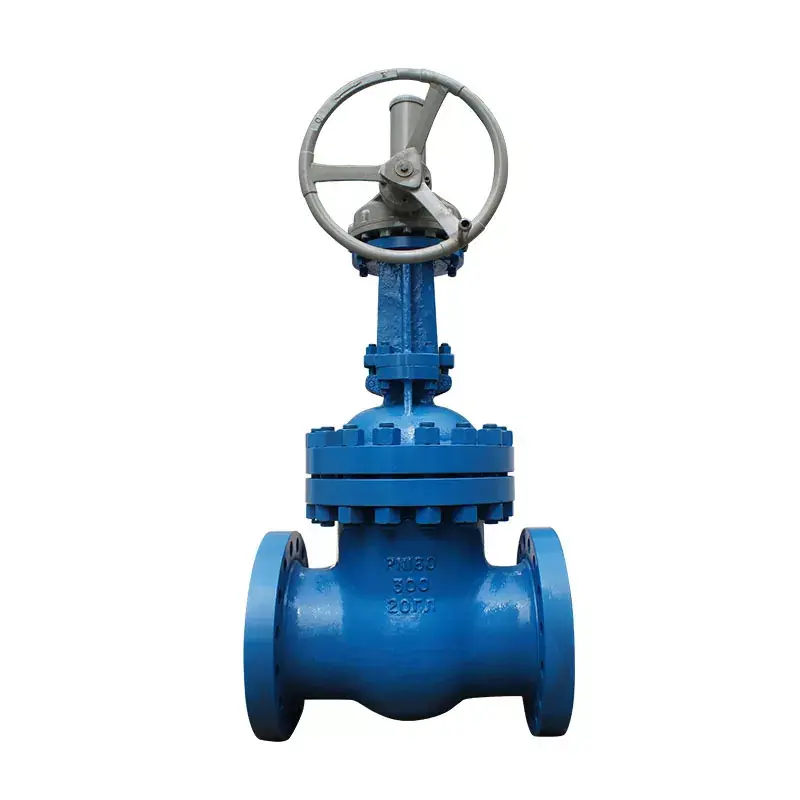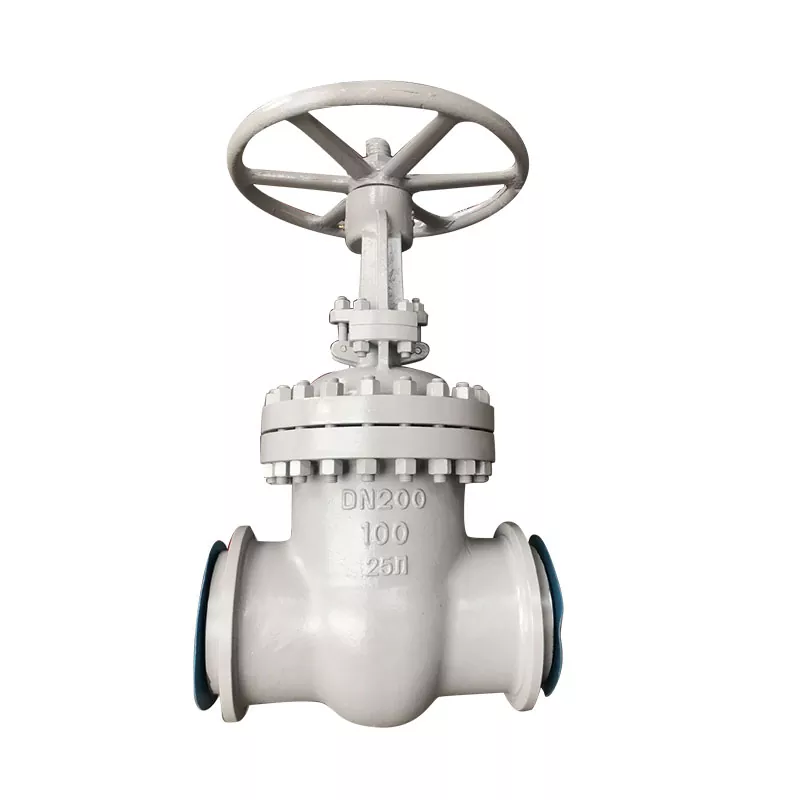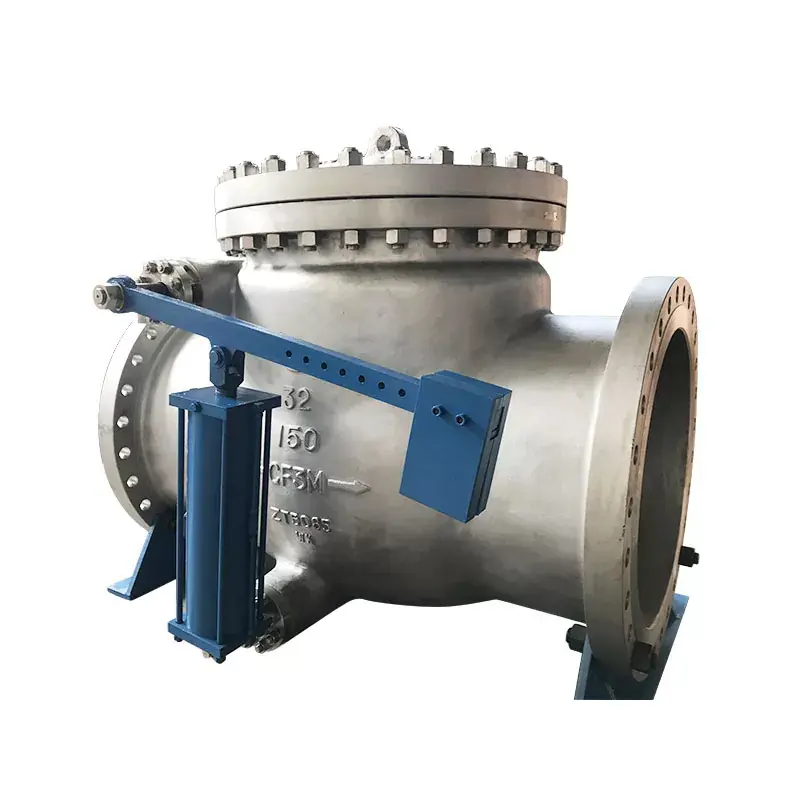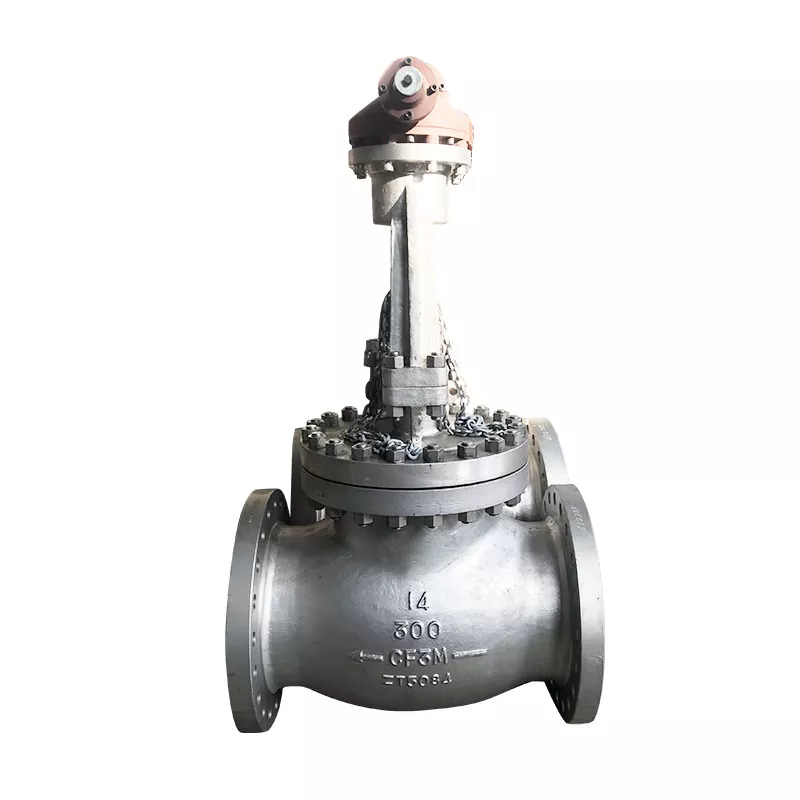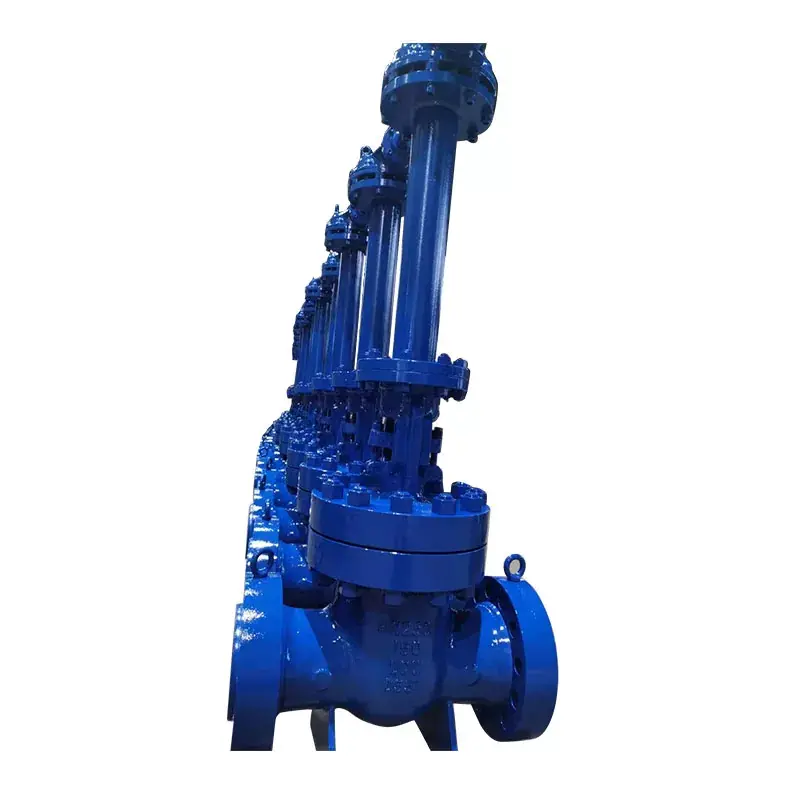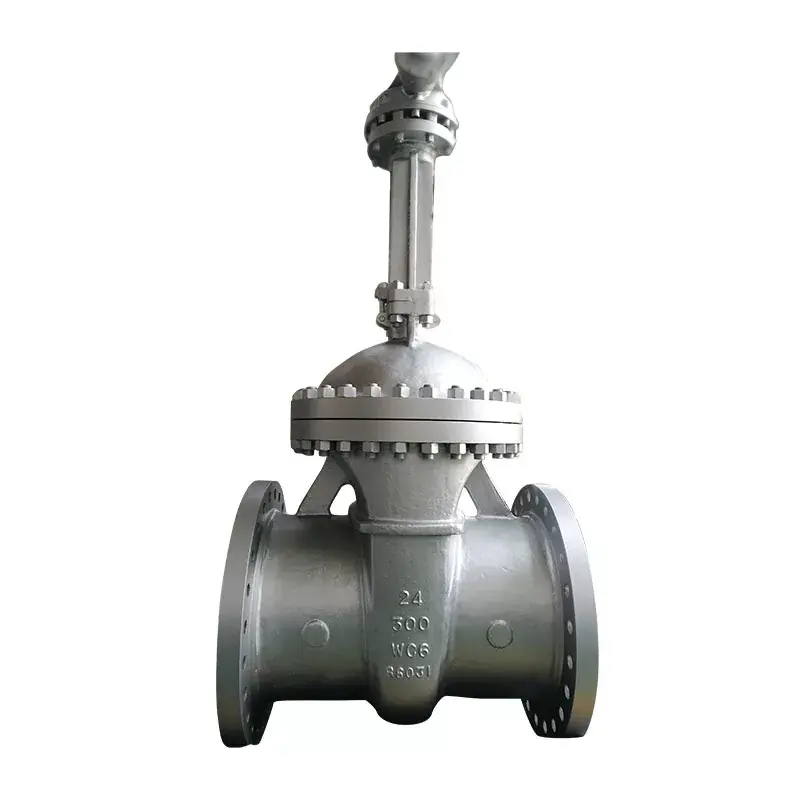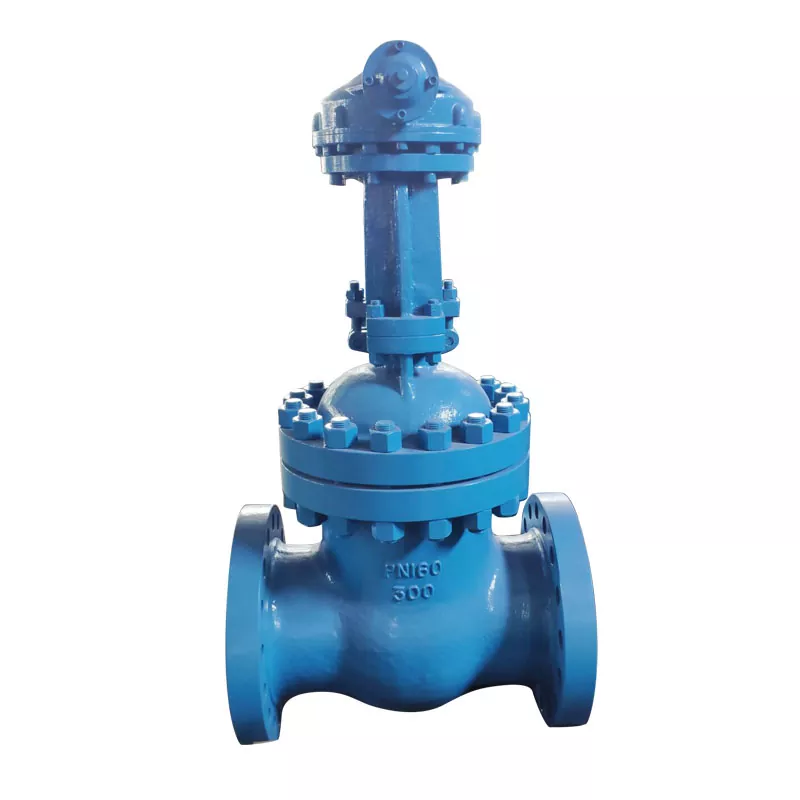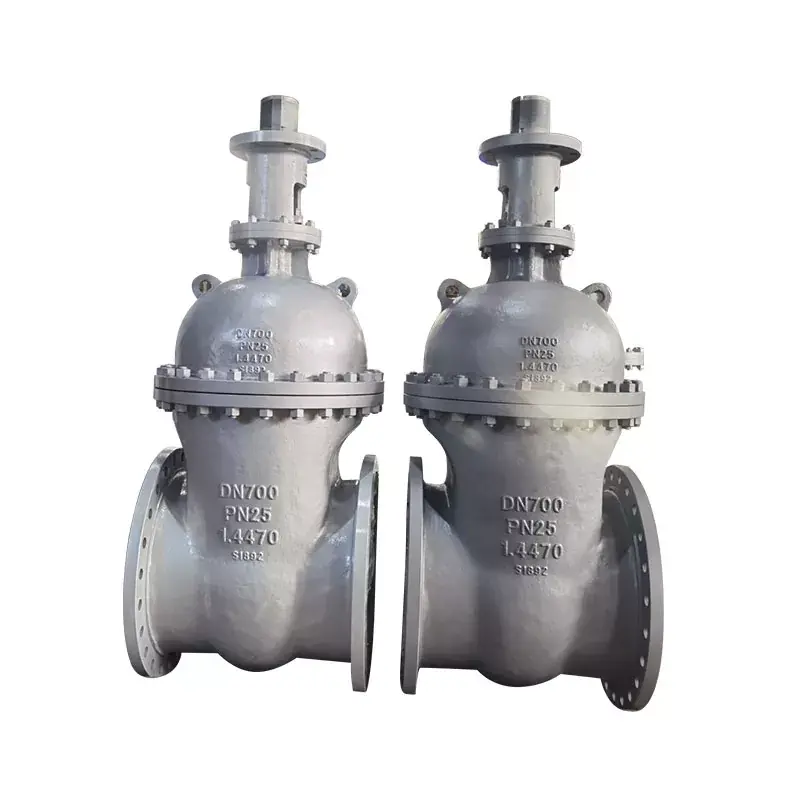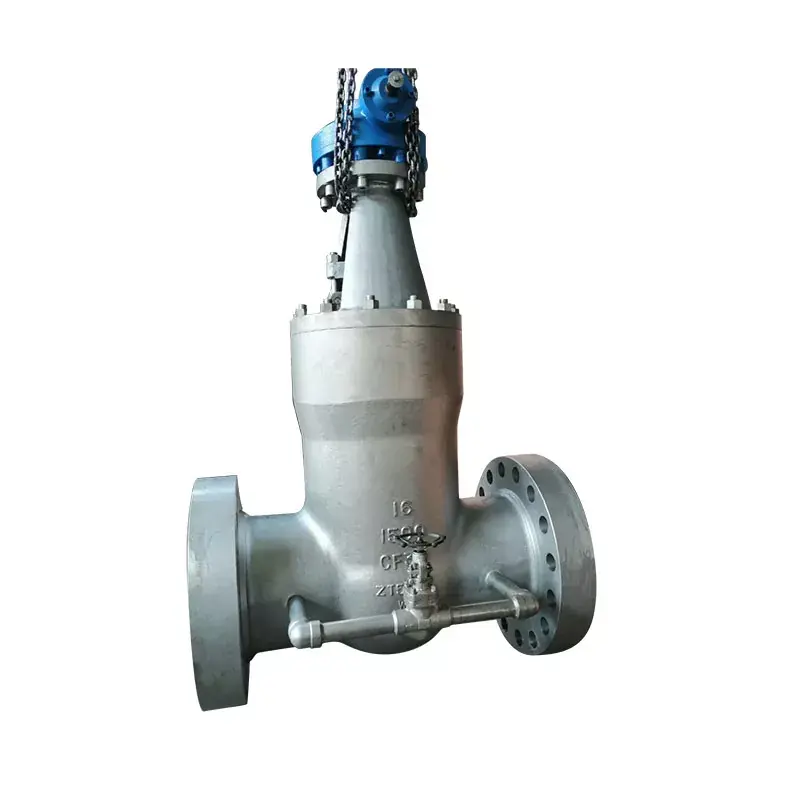Cast Steel Gate Valves
The sealing surface of Cast Steel Gate Valves is specially treated, such as iron-based alloy surfacing or cobalt-based cemented carbide surfacing, which has the characteristics of wear-resisting, high-temperature resistance and corrosion resistance to ensure a good sealing effect and extend the service life of the Cast Steel Gate Valves.
Send Inquiry
such as low fluid resistance, reliable sealing, easy operation and wide application range.
Cast Steel Gate Valves Applicable working conditions
Applicable medium:
1. Carbon steel gate valve material code "C": water, oil, steam (temperature ≤ 425 ℃)
2. 304 stainless steel gate valve material code "P": nitric acid (temperature ≤ 200 ℃)
3. 316 stainless steel gate valve material code "R": Acetic acid class (temperature ≤ 200 ℃)
4. WC6 and WC9 chromium molybdenum steel gate valve material code "I": water, oil, steam (temperature ≤ 595 ℃)
Wait
Advantages and disadvantages
1. The advantages of Cast Steel Gate Valves are: low fluid resistance, and the sealing surface is less susceptible to brushing and erosion by the medium. Opening and closing is more effortless. The flow direction of the medium is unrestricted, without disturbance or pressure reduction. The structure is simple, the structure length is short, the manufacturing process is good, and there are many materials available for high temperature and high pressure resistance, with a wide range of applications.
2. The disadvantage of Cast Steel Gate Valves is that they are prone to erosion and abrasion between the sealing surfaces, making maintenance difficult. The external dimensions are large, requiring a certain amount of space for opening and a long opening and closing time.
Materials

| NO. | Part name | Materials |
|---|---|---|
| 1 | Body | 20GL |
| 2 | Seat surface | 13Cr |
| 3 | Disc | 20GL+13Cr |
| 4 | Stem | F304 |
| 5 | Gasket | 304+Graphite |
| 6 | Nut | A194-4 |
| 7 | Bolt | A320-L7 |
| 8 | Bonnet | 20GL |
| 9 | Sealing surface | 13Cr |
| 10 | Packing | Expanded graphite |
| 11 | Gland flange | 20GL |
| 12 | Bolt | A320-L7 |
| 13 | Nut | A194-4 |
| 14 | Yoke | 20GL |
| 15 | Box | Molectron |

